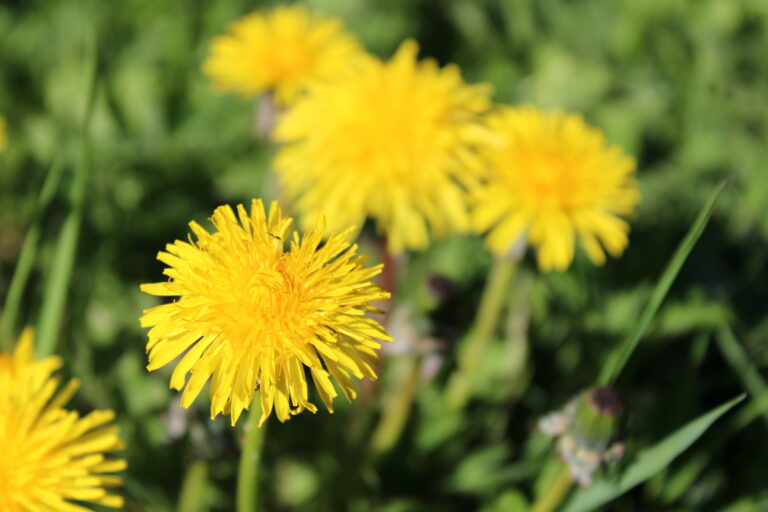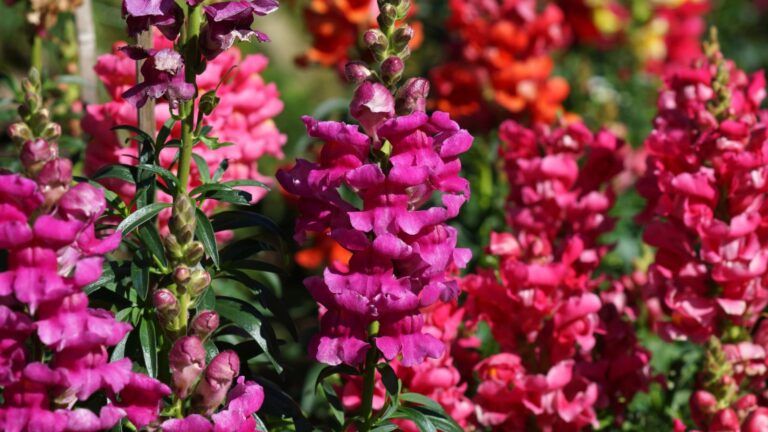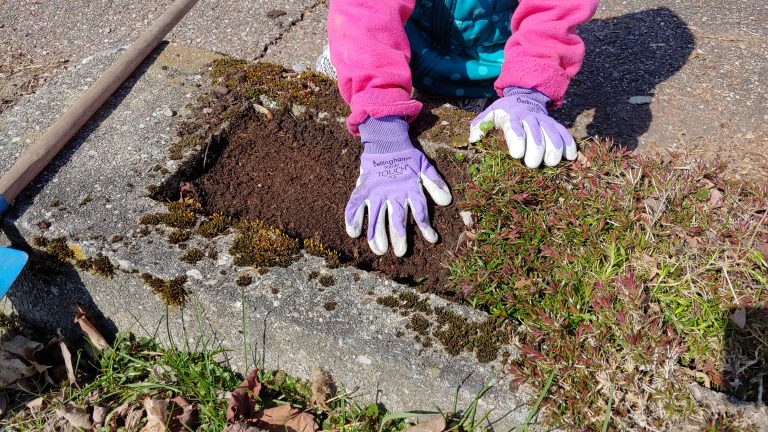This post may contain affiliate links.
Basil is among the most well-known and widely popular herbs grown in America. It has a wide range of applications in cooking and can bring a whole new flavor profile to any dish.
Known by the scientific name Ocimum basilicum, basil can easily be grown in gardens or even indoors for on-demand access to this versatile herb. It is also one of the first herbs that home gardeners begin with and kicks off a love of growing and cooking with fresh herbs.
So, how easy is it to grow basil? Let’s find out!
Basic Basil Overview
Basil is a flavor-packed native of Asia and the South Pacific Island regions. Many are surprised to learn it is a member of the mint family, which makes it an easy and low-fuss plant to add to your garden. Commonly grown as an annual in most climates, basil produces abundant leaves and seeds, both of which are common ingredients in flavorful dishes from around the globe.

Because it is an annual, basil is a fast-growing plant that can be taken from seeds to a full harvest in as little as 3 to 4 weeks. Basil thrives in a tropical climate, and as such, the plants need sun and heat to grow to their fullest potential. Basil should receive six to eight hours of sun in northern climates every day.
In southern climates, afternoon shade is necessary so the tender leaves do not scorch in the intense sun. Basil needs moist, nutrient-rich soil that drains well, which makes it popular in containers and as companion plants for other moisture-loving plants. Basil is extremely cold-sensitive, typically showing signs of cold damage below 42°F. Harvest plants heavily if frost is forecast.
Growing Basil From Seed
Growing basil from seed can allow for a longer harvest time when they are started indoors. This is because you can plant basil seeds sooner than you would be able to plan starter plants outdoors.

Under the right conditions, basil seedlings germinate in as little as a few days and when they are started a week or two before the temperatures outside are warm enough to transplant, you will have plants that are close to being ready to start harvesting for the first time!
Once they are moved outside, your new basil plants can be grown according to regular guidelines with staggered waterings to keep the soil moist and proper sun and temperature exposure. If you don’t want to start with seeds, you can buy starter plants that are already a week or so old from most garden centers. These can then be planted directly into your containers or your garden or flower beds.
Basil Plant Care Tips
Growing basil is easy so long as the basic care needs of temperature, sun, and moisture are maintained. There are some tips, of course, that can help you maximize your harvest and keep your basil plants going for as long as possible. These include the following:
Water regularly
Basil enjoys well-drained soil and most root systems. You can generally expect to give your basil plants at least 1 inch of water weekly. This is usually divided up into 2-3 smaller waterings depending on the weather.

If your basil is grown in the ground and not in a pot, you need to water it deeply so the root system develops deep feeder roots and the plants don’t dry out as easily. Basil growing in containers will need more frequent watering due to limited soil availability.
Fertilize lightly
Basil is a fast annual and generally does not need any fertilization to boost its growth. You risk impacting the flavor, and not in a good way, if you use too much fertilizer.
Container plants can use a diluted water-based fertilizer solution once or twice during the growing season.
Pinch back basil leaves
When your basil plant starts to get leggy, or if it starts to bloom, you will want to pinch it back. This encourages your basil to grow full and bushy. New shoots will grow below where you snipped the tips.

Additionally, preventing your basil from blooming will encourage it to keep producing new leaves rather than putting its energy towards seed production.
Companion planting
Companion planting is a time-honored gardening tradition in which you plant different types of plants that share common sun, soil, and water needs together.
Basil is a good companion plant. It is popular for this because many plants share the same basic growth criteria and because basil can protect other plants from pests.
Many common garden pests are repelled by the strong smell of basil, which can serve as a natural pest control measure for your other plants—much like marigolds!
Avoid bolting
Also known as “going to seed,” this should be avoided unless you are ready to say goodbye to your basil plant for the season. All its energy goes there once the plant starts to flower and produce seeds. Leaf production slows, and the plant slowly starts to die out as it goes to seed and finishes its lifecycle.

How to Harvest Basil
Basil is as easy to harvest as it is to grow. One of the best features of basil harvest is there is no set time you have to do it. Most home gardeners snip off a few leaves when they need added flavor for a dish or snip back a small bit when making sauces, soups, or stews.
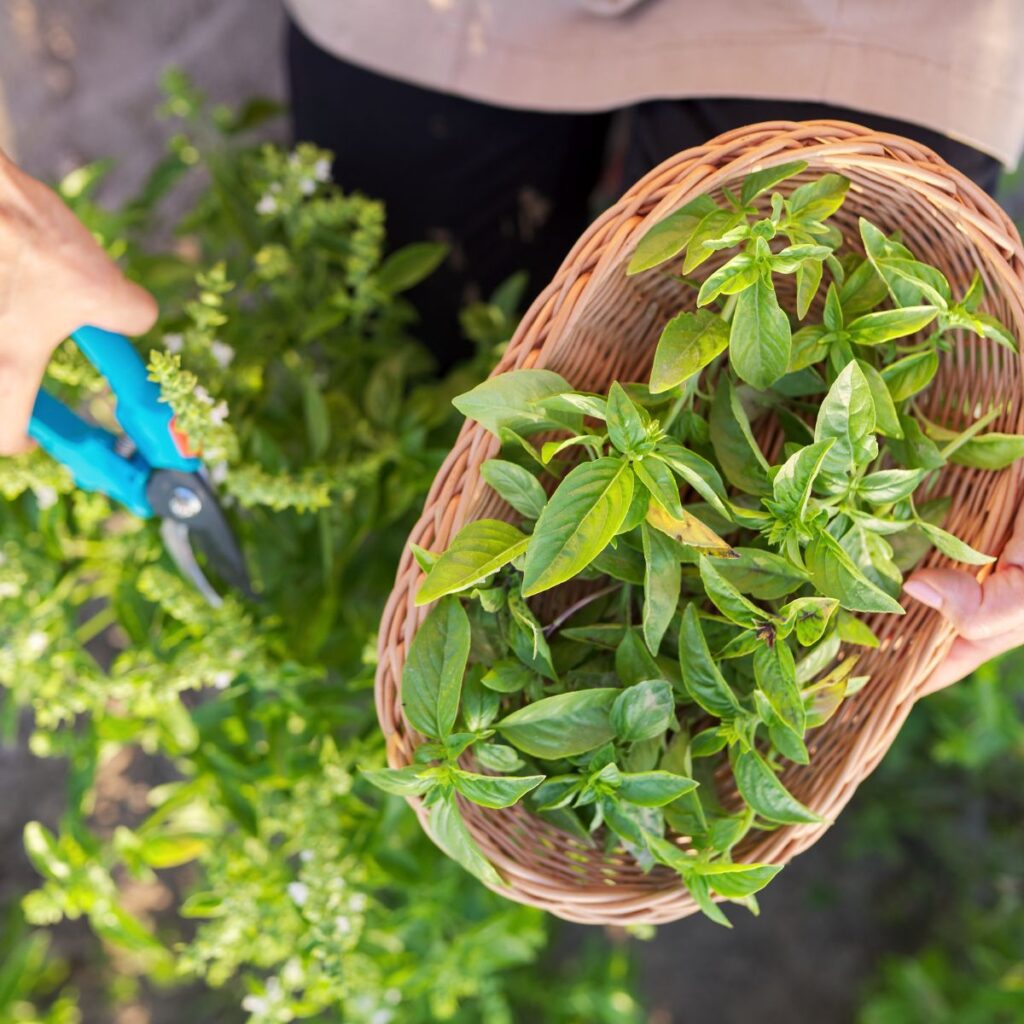
Harvest basil regularly to keep it bushy and stimulate constant new leaf growth. Even if you don’t need it, you should harvest around a third of the leaves each month. If you have no dishes at the time you want to use the basil, simply dry it and freeze it for easy access when the need does arise!
Types of Basil
Surprisingly, there are different varieties of basil that you can find in any garden center. What is available will depend on where you are and what the seasons are like in your area. But here are some fun options to try out in your home garden:
Sweet basil
You will find this classic basil in most grocery stores and garden centers with no trouble.
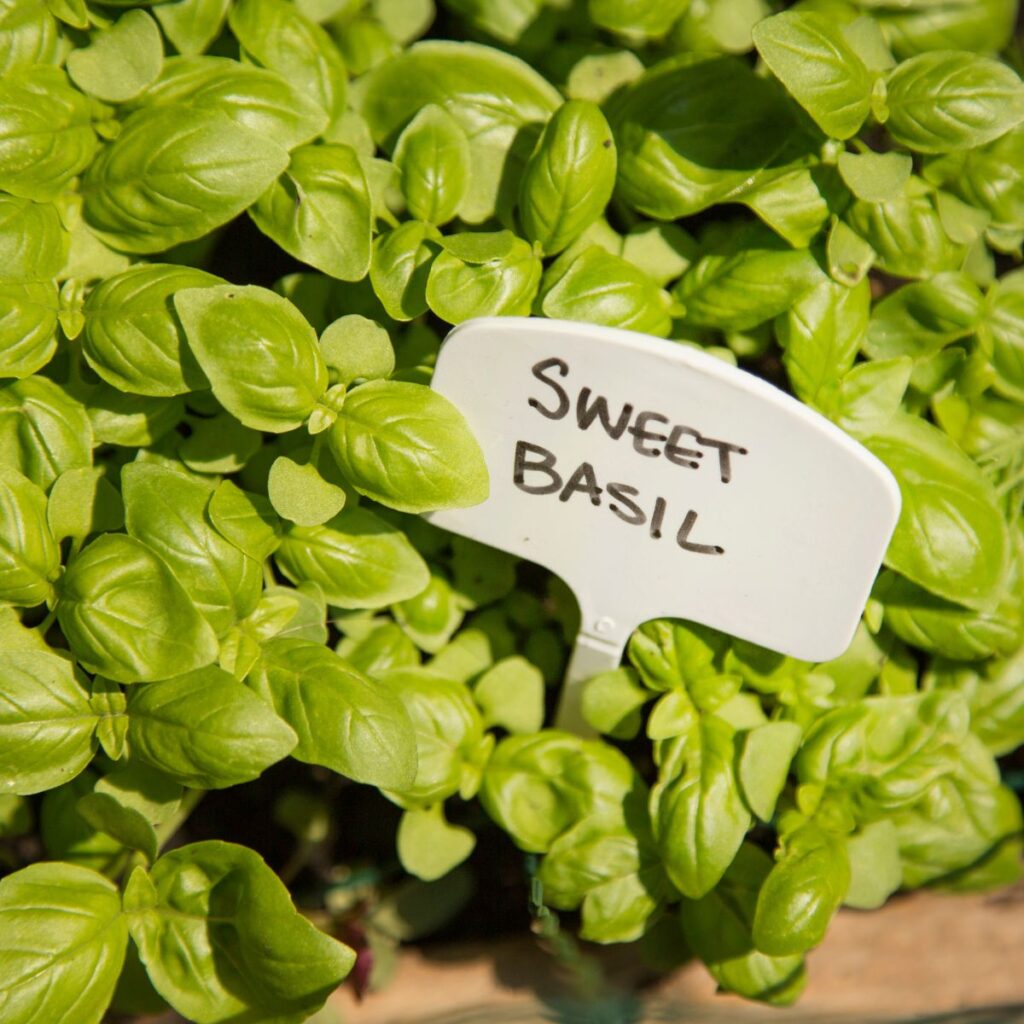
Thai sweet basil
Tangy and perfect for stir-frying, Thai basil also has purple flowers that are both edible and beautiful.
Purple basil
With a milder flavor, this basil packs its punch with its stunning deep purple leaves and stems.
Lemon basil and lime basil
Both have a bright citrus flavor that works well in many marinades, sauces, desserts, and teas.
Green ruffles
Light green crinkled leaves make this a unique-looking basil plant for gardens and salad dishes.
Spicy globe
Compact and packing a spicy kick is a great basil to add to your containers or small gardens.
Other posts you might like
- How to Grow Strawberries
- How to Propagate and Grow Rosemary from Cuttings
- How to Regrow Scallions in Water
- 12 Plants to Grow Now for a Mosquito-Free Summer
- How to Grow and Harvest Mint
Frequently Asked Questions
How long does it take for basil to grow from seed?
Basil seeds will germinate in 7 to 10 days and can be big enough to start harvesting from within 3 to 4 weeks.
Why does my basil keep wilting?
Three main causes might be behind your wilting basil- insufficient water, too much direct sunlight, or exposure to cold weather and temperatures.
How much sun does basil need to grow?
In most areas, 6-8 hours of sunlight is needed but it benefits from some shade and protection from the heat in hot climates.
Is basil better indoors or outdoors?
Basil is fairly versatile and forgiving, so with some trial and error, you can find a spot in any garden or window sill where you can grow basil.
I have too much basil – how do I save it?
Air drying is an option, but to preserve the vibrant green color, it is best to chop the leaves and then freeze them.
Final thoughts about growing basil at home
Home gardeners are drawn to growing basil for its ease, versatility, and rewarding cultivation. This herb thrives across various climates, requires minimal care, and is an ideal plant for beginners. Its aromatic leaves offer culinary versatility, enhancing a wide range of dishes with its fresh, sweet flavor.
Basil’s rapid growth and ability to flourish in gardens, pots, or windowsills make it a popular choice for homes and gardens. Additionally, its natural pest-repellent properties and the joy of having a ready supply of this flavorful herb further elevate its appeal among home gardeners.
Discover the joy of fresh basil at your fingertips this season, and start growing basil yourself with these handy tips!
